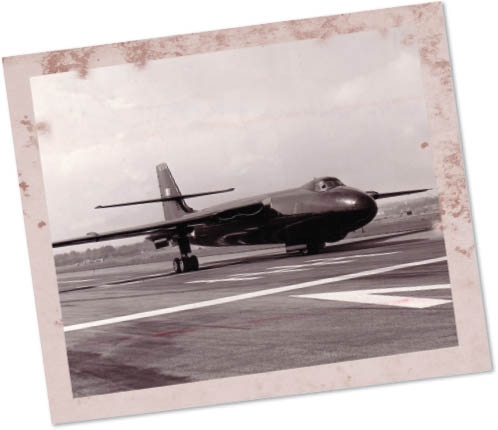In 1959 a U-2 spyplane flown by Gary Powers was shot down by a missile over the Soviet Union. It was immediately clear that flying at great altitude offered Britain’s V-bombers no protection against enemy defenses, so the RAF began training to go in under the radar instead. But the strain of flying in the thicker air at low level led to cracks in the wings of the RAF’s Vickers Valiant B1s, and they were quickly retired. The irony is that Vickers had already designed and built an aircraft that was perfectly suited to the switch in tactics.
In 1951, alongside the standard Valiant, the Royal Air Force had ordered a one-off variation on a theme. Based on its experience in the Second World War, the Air Staff wanted an aircraft that could fly ahead of the main bomber force to accurately mark the target. The result was the Valiant B2.
Beefed up to cope with flying fast and low, the Pathfinder was tested over the English Channel at speeds of up to 640 mph. That’s comparable to the low-level maximum of the USAF’s swing-wing B-1B Lancer, which first flew nearly thirty years later and remains in service today.
Low down at 600 mph, condensation seemed to wrap the Pathfinder in its own whipping, billowing cloud. It added menace to an already imposing presence that the test pilot Brian Trubshaw had been instrumental in creating. When he saw the bomber’s muscular shape on the drawing board in the Vickers design office, he was quick to signal his approval.
